
As you know, (former) Society President Larry Langberg asked me to head up the Society’s initiative to identify Society members who were responders to the four 9/11 sites - the World Trade Center and Fresh Kills Landfill in New York, the Pentagon in Washington, DC, and the crash site in Shanksville, PA. As a responder to the Pentagon myself, I jumped on this opportunity to assist our members in identifying themselves as responders, getting access to resources and programs, establishing their baseline health, and, eventually for those who may need it, follow up and treatment.
I have been working with Society Executive Director Nancy Savage and the lead FBI Medical Doctor, hot line Unit Chief, and other staff at FBIHQ to identify the most efficient way to get our members identified, their responses verified, and access to programs, as required. The FBI has really stepped up its efforts to assist current and former employees to avail themselves of available resources.
Additionally, the FBI has identified seven Special Agent Responders who have died from health issues related to their work at one of the four sites and they have now been named FBI service martyrs. The FBI has honored their service and sacrifice by placing them on the Wall of Honor. I know you will join in honoring them as you read about their efforts as first responders, their FBI careers, and their family members they left behind.
- written by Society 9/11 Coordinator Eileen Roemer (1985-2006), November 2016, the Grapevine
World Trade Center
On September 11, 2001, American Airlines Flight 11 and United Airlines Flight 175, commandeered by terrorists, crashed into the North and South Towers of the World Trade Center in New York City at 8:46 a.m. and 9:03 a.m. At 9:59 a.m., the South Tower collapsed, followed by the North Tower at 10:28 a.m., along with many surrounding buildings. This sent a large cloud of toxic dust and smoldering debris through lower Manhattan. A total of 2,763 people were killed in the crashes, fires, and subsequent collapses, including 2,192 civilians, 343 firefighters, and 71 law enforcement officers, as well as all of the passengers and crew members on the airplanes, including 147 civilians.
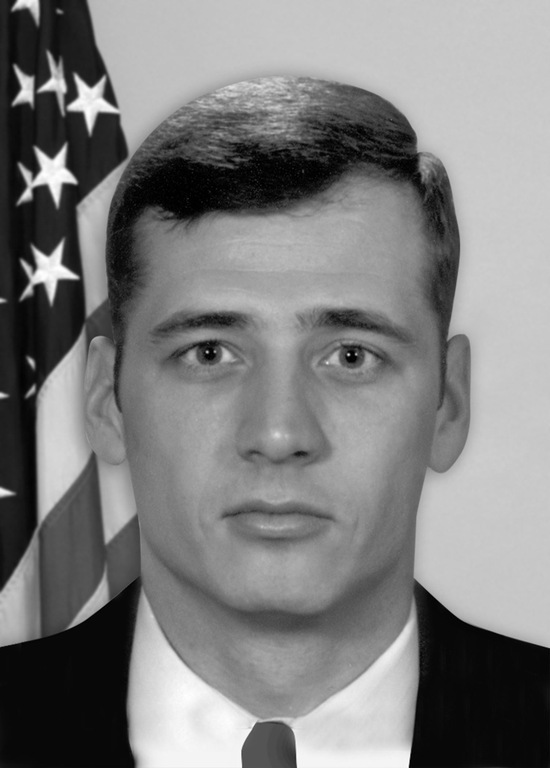
Special Agent Leonard W. Hatton
New York Division
Special Agent Leonard W. Hatton was assigned to the New York Division of the FBI at the time of his death. On September 11, 2001, Special Agent Hatton was killed in the terrorist attack on the World Trade Center (WTC) in New York City. Special Agent Hatton was on his way to work in the New York Division office when he saw smoke and fire coming from the North Tower of the WTC. On his own initiative, he responded directly to the WTC site and, from the roof of the Marriott Hotel, he reported the second airliner strike on the South Tower.
Due to falling debris, he moved from the roof and joined the New York Fire Department firefighters in evacuating occupants. Special Agent Hatton was inside the WTC when the buildings collapsed.
Supervisory Special Agent Mark Johnston
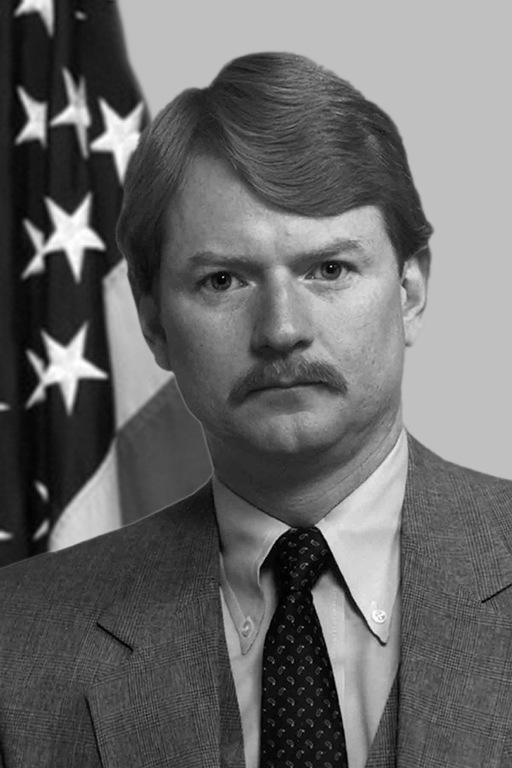 Newark Field Office’s Atlantic City Resident Agency
Newark Field Office’s Atlantic City Resident Agency
Supervisory Special Agent Mark Johnston, who worked in the Newark Field Office’s Atlantic City Resident Agency, responded to Ground Zero on 9/11, serving as an employee assistance program counselor. In the days and weeks following the attacks, he escorted personnel who lacked security clearances to sensitive areas of the World Trade Center site, including the FBI command center.
In 2011, Johnston was diagnosed with bile duct and ampulla of vater cancer, which was also found in his lymph nodes. He succumbed to the disease on September 12, 2017. Extensive research by the Centers for Disease Control and the National Institute for Occupational Safety and Health established sufficient evidence that Johnston’s exposure to the air in and around the World Trade Center site either precipitated or accelerated his development of the cancer.
Supervisory Special Agent Johnston entered on duty with the FBI in May 1983.
Special Agent Dennis Bonelli
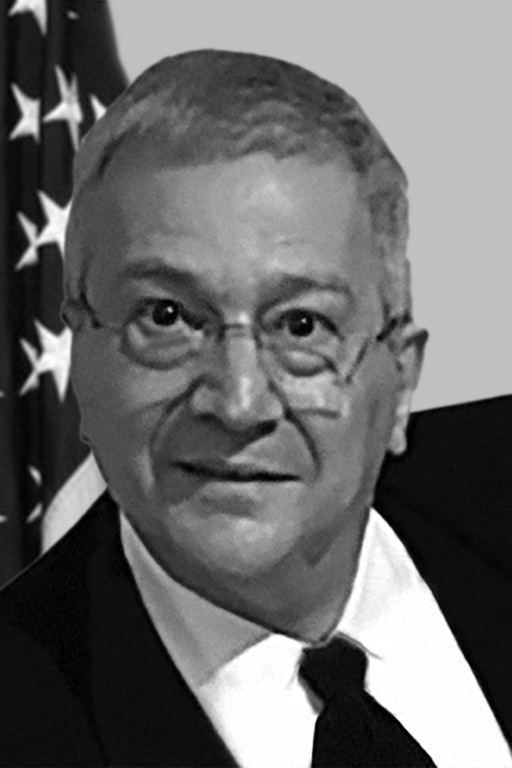 New York Field Office
New York Field Office
Special Agent Dennis Bonelli, who worked in the FBI’s New York Field Office, was in the north tower assisting with the building evacuation when the second aircraft struck the south tower. Bonelli exited the tower before it collapsed and was exposed to toxic dust and debris. In the following months, he regularly traveled between ground zero, an emergency command post, and his office, which had been filled with dust and debris from the nearby collapse.
In 2012, Bonelli was diagnosed with chronic obtrusive pulmonary disease (COPD) and later with lung cancer. He succumbed to his illnesses on November 28, 2017. Extensive research by the Centers for Disease Control and the National Institute for Occupational Safety and Health established sufficient evidence that Bonelli’s exposure to the air in and around the World Trade Center site either precipitated or accelerated his development of both illnesses.
Special Agent Bonelli entered on duty with the FBI in September 1983.
Special Agent David J. LeValley
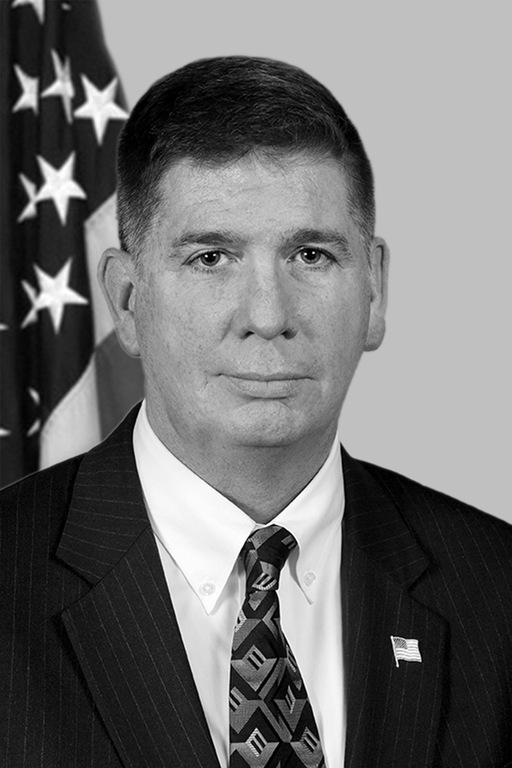 New York Field Office
New York Field Office
Supervisory Special Agent David J. LeValley, who worked in the FBI’s New York Field Office, reported to the FBI’s command post near the World Trade Center as the south tower collapsed, engulfing him in a cloud of dust, debris, and smoke that was filled with carcinogens. For the first two days following the attacks, he participated in the investigative, rescue, and recovery operations at ground zero. Over the next two weeks, he was part of the “bucket brigade,” which involved removing the debris by hand.
In 2010, LeValley was diagnosed with chronic lymphocytic leukemia. He succumbed to the illness on May 26, 2018. Extensive research by the Centers for Disease Control and the National Institute for Occupational Safety and Health established sufficient evidence that LeValley’s exposure to the air in and around the World Trade Center site either precipitated or accelerated his development of the disease.
Supervisory Special Agent LeValley entered on duty with the FBI in September 1996. He was named special agent in charge of the Atlanta Field Office in 2016.
The Pentagon
On September 11, 2001, American Airlines Flight 77, commandeered by terrorists, struck the Pentagon at 9:37 am penetrating three of the building’s five rings. The resulting fireball rose high above the building, engulfing a large area with smoke. At 10:10 am, a 100-foot section of one of the Pentagon’s outer walls collapsed. The fire was uncontrolled for 24 hours and continued to smolder and re-ignite for another week. In all, 189 people were killed: 64 passengers and crew onboard the Boeing 757 and 125 inside the Pentagon.
FBI Agents began arriving at the Pentagon quickly, fully aware that the life-saving and investigative activities they would undertake could put their lives in danger. The environment was fouled with strong odors, fumes from jet fuel, and smoldering debris. Although most FBI employees worked outside the building on the first day, the smoky haze extended well beyond the Pentagon walls.
Special Agent Robert Roth
 Washington Field Office
Washington Field Office
Supervisory Special Agent Robert Martin Roth was one of the first Agents to arrive and immediately began assisting injured personnel and securing debris. The environment around the crash scene contained heavy smoke from burning aviation fuel and smoldering debris. Roth stayed on the scene for two weeks, working 12-hour days, and spent considerable time in the impact area.
In October 2006, Roth was diagnosed with multiple myeloma, and he succumbed to his illness on March 16, 2008. Extensive research by the Centers for Disease Control and the National Institute for Occupational Safety and Health established sufficient evidence that Roth’s exposure to the air in and around the Pentagon after the 9/11 attack either precipitated or accelerated his development of multiple myeloma.
Special Agent Roth was born in December 1963. He entered on duty with the FBI in March 1996.
Special Agent Jerry D. Jobe
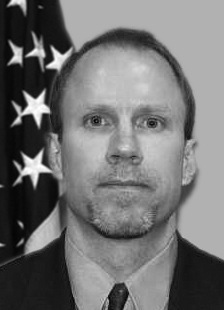 Kansas City Field Office
Kansas City Field Office
Special Agent Jerry Jobe arrived at the Pentagon shortly after impact and assisted with searches for survivors and possible evidence. Like most first responders during the first few days of evidence recovery, Jobe worked in and around the Pentagon crash site with minimal respiratory protection, despite the presence of burning aviation fuel and smoldering debris.
Jobe was diagnosed with an advanced form of colon cancer in 2006. He battled the cancer and persevered for more than three years until he succumbed to the disease on September 11, 2010. Extensive research by the Centers for Disease Control and the National Institute for Occupational Safety and Health established sufficient evidence that Jobe’s exposure to the air in and around the Pentagon after the 9/11 attack either precipitated or accelerated his development of colon cancer.
Special Agent Jobe was born in April 1966 in Liberal, Kansas. He entered on duty with the FBI in May 1999.
Supervisory Special Agent Mark Joseph Mikulski
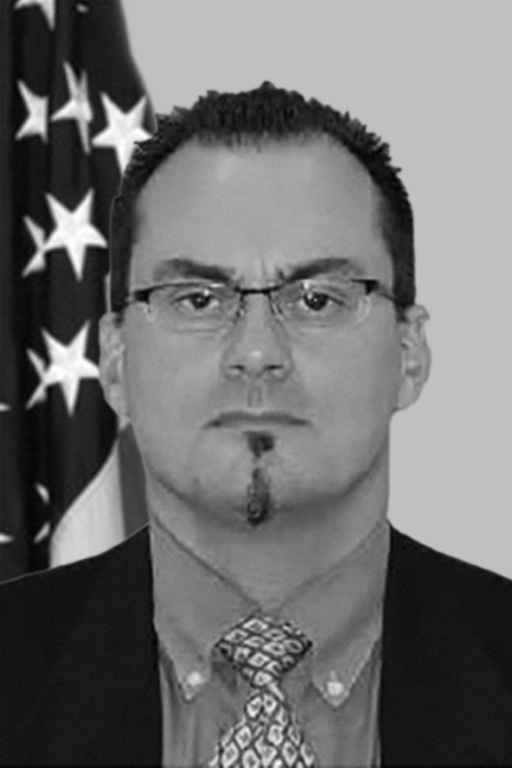 FBI Headquarters
FBI Headquarters
Supervisory Special Agent Mark Joseph Mikulski was en route to FBI Headquarters when he witnessed the Pentagon attack from an adjacent highway. Mikulski immediately used his Bureau vehicle to set up traffic control and headed into the Pentagon, where he helped evacuate the injured from the scene and secure evidence. In that work, he was exposed to fire, debris, smoke, and toxic particles from burning jet fuel. He returned to the Pentagon the next day to assist with recovery efforts.
In January 2013, Mikulski was diagnosed with multiple myeloma. He succumbed to the disease on February 25, 2014. Extensive research by the Centers for Disease Control and the National Institute for Occupational Safety and Health established sufficient evidence that Mikulski’s exposure to the air in and around the Pentagon after the 9/11 attack either precipitated or accelerated his development of multiple myeloma.
Supervisory Special Agent Mikulski entered on duty with the FBI in May 1995.
Supervisory Special Agent Steven A. Carr
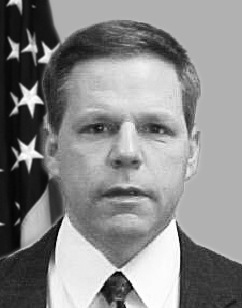 Baltimore Field Office
Baltimore Field Office
Supervisory Special Agent Steven A. Carr was assigned to interview witnesses at the Pentagon’s Navy Annex, which was across the street from the still-burning Flight 77 impact site. During this time, the air around the Pentagon was still clouded with burning aviation fuel and smoldering debris.
In 2005, Carr was diagnosed with leukemia, and he succumbed to his illness on September 25, 2015. Extensive research by the Centers for Disease Control and the National Institute for Occupational Safety and Health established sufficient evidence that Carr’s exposure to the air in and around the Pentagon after the 9/11 attack either precipitated or accelerated his development of leukemia.
Special Agent Carr was born in May 1962. He entered on duty with the FBI in August 1995.
Special Agent Wesley J. Yoo
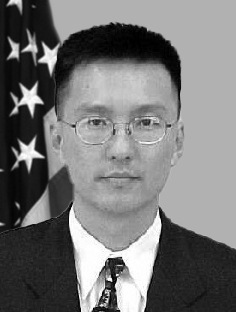 Washington Field Office
Washington Field Office
Special Agent Wesley Yoo responded to the scene and worked on separating classified materials, evidence, and human remains from the rubble in the Pentagon’s north parking lot. He also collected classified items, potential evidence, and hazardous materials at an evidence warehouse facility. Due to overwhelming odors and fumes at the site, many doors and windows of the warehouse needed to be completely open, and Yoo was exposed to smoke, dust, and fumes from aviation fuel.
In March 2005, Yoo was diagnosed with multiple myeloma, and he succumbed to his illness on October 11, 2015. Extensive research by the Centers for Disease Control and the National Institute for Occupational Safety and Health established sufficient evidence that Yoo’s exposure to the air in and around the Pentagon and the evidence warehouse facility after the 9/11 attack either precipitated or accelerated his development of multiple myeloma.
Special Agent Yoo was born in March 1969 Seoul, South Korea. He entered on duty with the FBI in September 1996.
Supervisory Special Agent Melissa S. Morrow
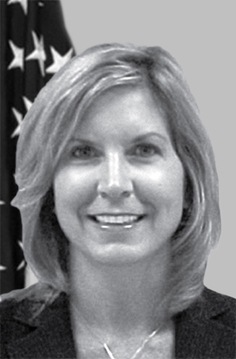 UNK Field Office
UNK Field Office
Supervisory Special Agent Melissa S. Morrow responded to the Pentagon on September 16, 2001, working on the first floor, sifting through evidence among the smoldering debris that was heavily saturated in jet fuel. Most employees remained outside the building, though a smoky haze loomed in the surrounding area. During this time, there was little or no personal protective equipment available for responding personnel. The next day, Morrow was assigned to the Alexandria Evidence Warehouse and worked to separate classified materials, evidence, and human remains. Morrow worked daily at both the debris site and the warehouse in search of evidence and human remains until November 21, 2001.
In July 2016, Morrow was diagnosed with brain cancer and underwent emergency surgery. In December 2016, she underwent a second surgery but succumbed to the disease on March 22, 2018. Extensive research by the Centers for Disease Control and the National Institute for Occupational Safety and Health established sufficient evidence that Morrow’s exposure to the air in and around the Pentagon and the Alexandria Evidence Warehouse Facility after the 9/11 attack either precipitated or accelerated the cancer.
Special Agent Morrow was born in June 1969 in Columbia, Missouri. She entered on duty with the FBI in September 1995.
Electronics Technician William “Homer” Lewis
 UNK Field Office
UNK Field Office
Electronics Technician William “Homer” Lewis responded to the Pentagon a few days later, working to set up and maintain radio and phone communications between teams in the Pentagon and nearby evidence review areas. Lewis spent two weeks at the site, working to repair radio communication infrastructure and strengthen the lookout facilities around the building.
In May 2018, Lewis was diagnosed with colon cancer and succumbed to the disease on April 3, 2019. Extensive research by the Centers for Disease Control and Prevention and the National Institute for Occupational Safety and Health established sufficient evidence that Lewis’ exposure to the air in and around the Pentagon after the 9/11 attack either precipitated or accelerated the cancer.
Lewis was born on March 13, 1968, in Stafford, Virginia. He joined the FBI in December 1990.
Shanksville, PA
On September 11, 2001, United Airlines Flight 93 departed Newark, New Jersey, at 8:42 am bound for San Francisco, CA, carrying 33 passengers, seven crew members, and four hijackers. At 10:03 am, the plane crashed into an abandoned strip mine in Shanksville, a community in rural western Pennsylvania. Upon impact, the 7,000 gallons of jet fuel on board the aircraft then exploded, creating a ball of fire that rose higher than the tree line and engulfed nearby trees. All 44 people on board the plane perished in the crash. The crash formed an impact “crater” in an open field area, with subsequent dispersal of debris into a wooded area and a pond.
Special Agent Paul H. Wilson
 Pittsburgh Field Office
Pittsburgh Field Office
The impact crater contained aviation fuel and smoldering debris that burned for several days after the crash. FBI Evidence Response Team (ERT) members, including Special Agent Paul Wilson, used heavy machinery to remove debris and contaminated soil from the crater before manually sifting through debris to recover possible evidence. As the ERT processed the crash scene, Wilson assisted in building sifting screens and driving evidence to the local airport for transport to the FBI Laboratory.
In 2006, Wilson was diagnosed with pancreatic cancer, and he succumbed to the disease on February 25, 2007. Extensive research by the Centers for Disease Control and the National Institute for Occupational Safety and Health established sufficient evidence that Wilson’s exposure to the air at the Shanksville, Pennsylvania crash site either precipitated or accelerated his development of pancreatic cancer.
Special Agent Wilson was born in June 1951 in Sharon, Pennsylvania. He entered on duty with the FBI in March 1981.
Special Agent Laurie Fournier
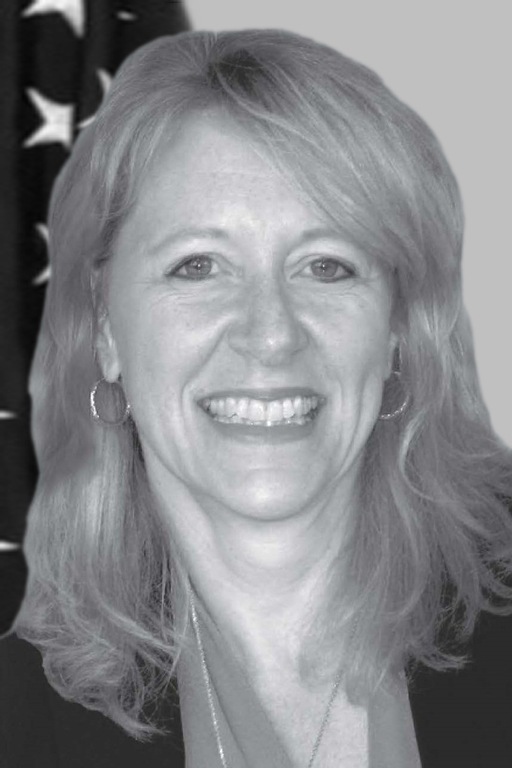 UNK Field Office
UNK Field Office
FBI Evidence Response Team (ERT) members, including Special Agent Laurie Fournier, used heavy machinery to remove debris and contaminated soil from the crater before manually sifting through debris to recover possible evidence. Fournier reported to the crash site on September 13 and, with other team members, searched the debris field 10 to 12 hours per day by hand for debris, evidence, and human remains. Bad weather forced team members into an aircraft hangar for one day, where they continued to search through fuel-soaked clothing and debris.
In 2006, Fournier was diagnosed with melanoma, and she succumbed to the disease on December 26, 2009. Extensive research by the Centers for Disease Control and the National Institute for Occupational Safety and Health established sufficient evidence that Fournier’s exposure to the air in and around the Pennsylvania impact crater after the 9/11 attack either precipitated or accelerated her development of the melanoma.
Special Agent Fournier was born in February 1962 in Newfane, New York. She entered on duty with the FBI in June 1990.
Special Agent William R. Craig
 Pittsburgh Field Office
Pittsburgh Field Office
Special Agent William Robert Craig served as the Pittsburgh Field Office’s Senior Team Leader for evidence recovery and arrived at the crash site on the evening of September 11. The impact crater contained aviation fuel and smoldering debris that burned for several days after the crash. Craig worked at the site for more than two weeks after the crash.
In June 2011, Craig was diagnosed with pancreatic cancer, and succumbed to his illness on April 9, 2012. Extensive research by the Centers for Disease Control and the National Institute for Occupational Safety and Health established sufficient evidence that Craig’s exposure to the air at the Shanksville, Pennsylvania, crash site either precipitated or accelerated his development of pancreatic cancer.
Special Agent Craig was born in February 1944 in Pittsburgh, Pennsylvania. He entered on duty with the FBI as an agent in April 1971.
Supervisory Special Agent Rex Stockham
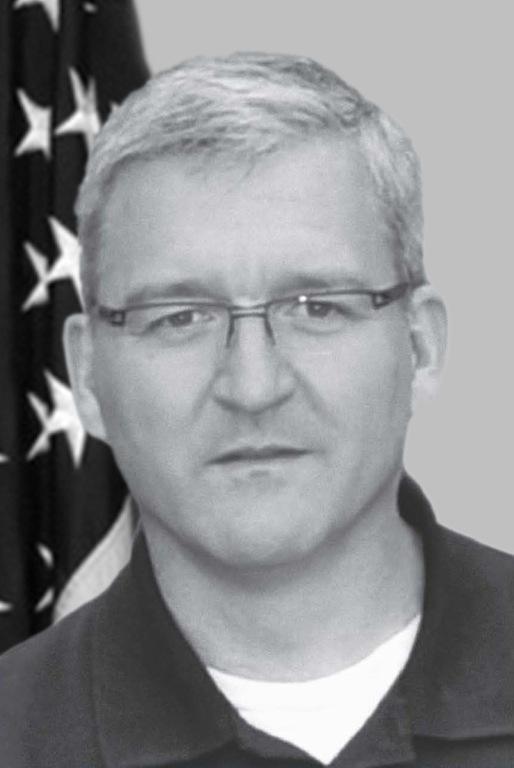 UNK Field Office
UNK Field Office
Supervisory Special Agent Rex Stockham deployed to the crash site via helicopter that afternoon to survey the impact crater and isolate evidence sites in the surrounding area. FBI Evidence Response Team (ERT) members initially used heavy machinery to remove debris and contaminated soil from the crater before manually sifting through debris to recover evidence. The next day, FBI safety officers provided particulate respirators, Tyvek suits, eye protection, and other equipment that is required when working around excavation machinery. Stockham left the crash site on September 12.
In April 2015, Stockham was diagnosed with colon cancer, which had already spread to his liver. He succumbed to the disease on October 8, 2016. Extensive research by the Centers for Disease Control and the National Institute for Occupational Safety and Health established sufficient evidence that SSA Stockham’s exposure to the air in and around the Pennsylvania crash site after the 9/11 attack either precipitated or accelerated his development of his condition.
Special Agent Stockham was born in November 1962 in Long Beach, California. He entered on duty with the FBI in November 1984.
The Fresh Kills Landfill
The Fresh Kills Landfill was a landfill covering 2,200 acres in the New York City borough of Staten Island. The name comes from the landfill’s location along the banks of the Fresh Kills estuary. After 9/11, the site was used as a sorting ground for roughly one-third of the rubble from Ground Zero. More than 1,600 personal effects were retrieved during this time. About two million tons of material were obtained from Ground Zero was taken to the landfill for sorting. Thousands of detectives and forensic evidence specialists worked for over 1.7 million hours at Fresh Kills Landfill to try to recover remnants of the people killed in the attacks. A final count of 4,257 human remains were recovered, but only 300 people were identified from these remains. (Source: Staten Island Historical Society)
Special Agent Gerard D. Senatore
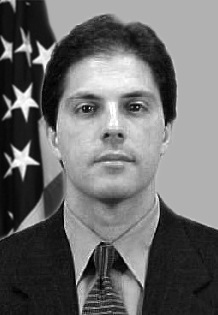 Charlotte Field Office
Charlotte Field Office
In January 2002, Special Agent Gerard Senatore traveled with Charlotte’s Evidence Response Team (ERT) to the Fresh Kills Landfill on Staten Island, New York to assist with a sifting operation for the World Trade Center debris. Though fitted with respirators, many of the ERT staff were forced to remove them to communicate over the noise of heavy machinery. During this time, the Fresh Kills Landfill still contained heavy dust from the tower site that was kicked up by the heavy sifting machines.
In July 2008, Senatore was diagnosed with stage four non-Hodgkin’s lymphoma. Despite undergoing aggressive treatment, Senatore succumbed to his illness on January 19, 2011. Extensive research by the Centers for Disease Control and the National Institute for Occupational Safety and Health established sufficient evidence that Senatore’s exposure to the air in and around the rubble at the Fresh Kills Landfill either precipitated or accelerated his development of non-Hodgkin’s lymphoma.
Special Agent Senatore was born in April 1964 in Paterson, New Jersey. He entered on duty with the FBI in March 1990.
Supervisory Special Agent Brian L. Crews
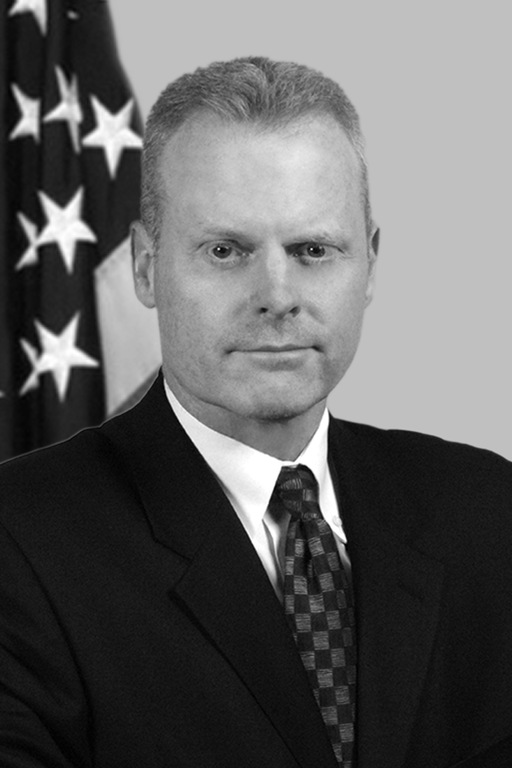 Sacramento Evidence Response Team (ERT)
Sacramento Evidence Response Team (ERT)
After the 9/11 attacks, Supervisory Special Agent Brian Lawrence Crews, who was part of the FBI Sacramento Evidence Response Team (ERT), volunteered to support the investigative efforts in New York and worked 8- to 12-hour shifts at the Fresh Kills Landfill in Staten Island, processing evidence and debris from the World Trade Center. Though fitted with respirators, many of the ERT staff were forced to remove them to communicate over the noise of heavy machinery. During this time, the Fresh Kills Landfill still contained heavy dust from the tower site that was kicked up by the heavy sifting machines.
In 2015, Crews was diagnosed with lung cancer (adenocarcinoma), which later spread to his spine. He succumbed to the disease on June 10, 2018. Extensive research by the Centers for Disease Control and the National Institute for Occupational Safety and Health established sufficient evidence that Crews’ exposure to the air in and around the rubble at the Fresh Kills Landfill either precipitated or accelerated his development of adenocarcinoma.
Supervisory Special Agent Crews entered on duty with the FBI in 1988, becoming a special agent in 1994.
